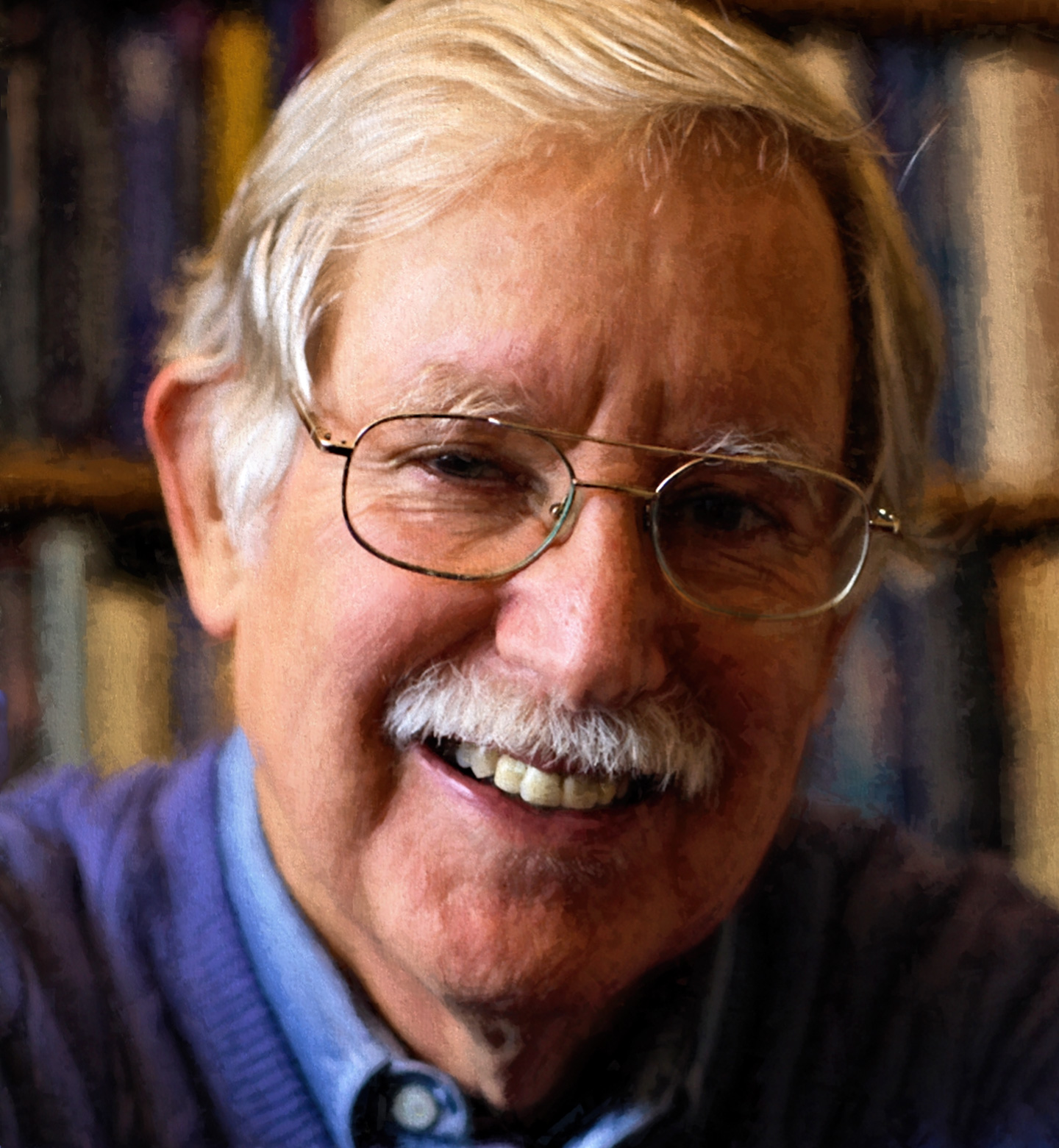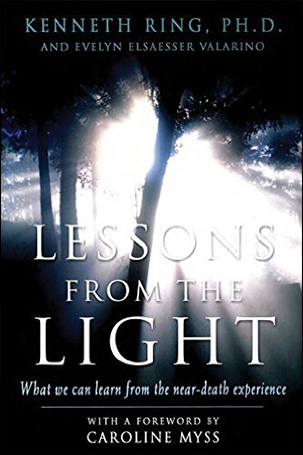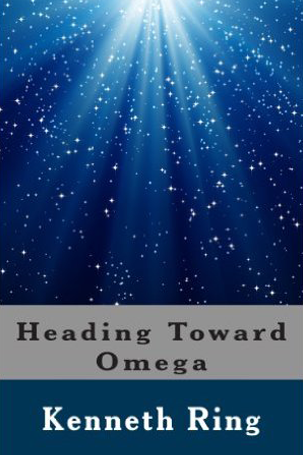

If any one person can claim to be an authority on near-death experiences (NDEs) without having had one, that person must surely be Kenneth Ring. After Raymond Moody sowed the seeds of modern near-death research by coining the term "NDE" in his 1975 Life After Life, it was Ken who watered and nurtured them till they grew into a self-sustaining phenomenon. It was Ken who was the first president of that band of scattered researchers who formed the International Association for Near-Death Studies (IANDS) 20 years ago. It was Ken's office at the University of Connecticut that housed the organizations volunteers, phones, and growing archives for its precarious first decade. And it was Ken who founded the only scholarly journal for near-death studies and organized symposia on NDEs at annual meetings of mainstream academic societies.
If anyone has interviewed more NDErs than Ken -- and I dont know that anyone has -- then surely no one has done it with the depth, open-mindedness, and insight as he. For many years, Ken's home was known to experiencers across the country as " The Near-Death Hotel," where itinerant NDErs trying to rediscover their place in this world could and did "drop by" and end up staying however long it took. And each one to whom Ken opened his home in return opened his or her heart and added to Ken's growing comprehension of the true essence of the NDE. No other researcher has been able to meld the large-scale controlled study with the passionate friendships, the philosophical theories with the intuitive understandings, the command of the scholarly literature with the personal stories. And more importantly, no other researcher has been able to transmit to the rest of us the true meaning and impact of near-death phenomena for our planet.
In 1980, when America was beginning to question the validity of five years of near-death anecdotes, Ken came to our rescue with the first legitimate scientific study of NDEs in his Life At Death. Then after four more years of debates as to whether there might be no more to these remarkable phenomena than just a fleeting, if beautiful, hallucination, it was Ken again who, in his Heading Toward Omega, produced the first comprehensive study of its aftereffects, the profound and long-lasting changes it wreaks on the lives of experiencers. Now, after a quarter century of Amazing Stories From the Brink of Death, after so many talk-show panels and sitcom parodies and neurochemical "explanations" that even Hollywood studios and paperback publishers are getting sated, we find ourselves asking about NDEs, "So what?" And once again it is Ken Ring who guides us toward the answer. And the answer this social scientist has come up with is a message of meaning, of purpose, and of love -- more what one might expect from a theologian than from a scientist.
— from Bruce Greyson’s, M.D.
foreward for Lessons from the Light

